
What Does a Pearl Necklace Mean and Symbolize
What does a pearl necklace mean in history and modern style? Traditionally, a pearl necklace has signaled purity, wisdom, and elevated status shaped by ancient trade routes and empires. It reflects Mesopotamian and Egyptian rituals, Greek bridal symbolism, and the wealth of Roman conquest; Han river pearls expressed righteous rule, while Mughal and Venetian courts tracked their value through dowries. In Edo Japan and Polynesia, pearls represented refined restraint and protection blessed by the sea. Today, a single akoya feels minimalist, while baroque strands speak to eco-luxury and ethics. Choosing a piece from a modern pearl drop necklace collection, such as Atolea’s pearl-drop-necklace, lets your luster, origin, and clasp express lineage, taste, and quiet intention beneath the sheen.
Historical Symbolism of Pearls Across Civilizations
Although pearls form in quiet waters, their meanings surged across empires: in ancient Mesopotamia and Egypt, they signaled divine favor and royal legitimacy; in Classical Greece, they marked marital virtue and Aphrodite’s sea-born beauty; in Republican and Imperial Rome, they broadcast conquest-fueled wealth, with generals parading pearl spoils from the East.
You read these strands through provenance: Gulf fisheries feeding Ur and Babylon; Red Sea and Nile routes supplying Thebes; Ionian merchants ferrying gems tied to pearl mythology; and Roman galleys drawing treasures from the Indian Ocean via Alexandria.
You trace how ancient trade fixed value. Persian Gulf divers, Indian brokers, and Nabataean caravans linked reefs to courts.
In China’s Han era, river pearls signaled orderly rule. By late antiquity, ecclesiastical treasuries guarded pearls as portable sovereignty.
Cultural Meanings and Traditions Around the World
From court treasuries to bridal chests, the meanings of pearls keep shifting as you follow their routes.
You see Tang-era merchants ferry seed pearls along the Silk Road, where dowry ledgers list strands by origin—Persian Gulf, Ceylon, or Champa—each provenance conferring rank.
In Edo Japan, you watch cultured gems enter tea-house etiquette, measured by luster and restraint.
In Mughal ateliers, you trace Basra pearls stitched onto sarpech crests, gifts in seasonal cultural rituals marking allegiance.
Sail to Polynesia, where black pearls anchor pearl folklore about sea-born ancestors and safe voyages.
In Renaissance Venice, guild statutes certify necklace lengths for patrician weddings.
In Yoruba courts, coral-and-pearl ensembles signal dynastic ties.
And in Andean ports, Spanish inventories record New World exchanges—pearls pledged for land, favor, and legal standing.
Pearls as Emblems of Femininity, Wisdom, and Purity
Silhouette and symbol meet in the pearl, a small sphere that courts three linked ideals—femininity, wisdom, and purity—through specific times and places.
When you fasten a strand, you echo Roman matrons who prized luminous orbs for chastity, and Tang-dynasty poets who cast nacre as moonlight distilled. You inherit feminine elegance from Heian Japan, where court ladies layered white luster over ink-black hair to signal restraint and refinement.
You also wear wisdom symbolism. In Hellenistic lore, Aphrodite’s sea-born jewel tempered desire with discernment; medieval lapidaries claimed pearls clarified thought like blessed dew.
Their provenance matters: Gulf pearls, famed in Mughal ateliers, marked inner composure; Edo-era biwa pearls suggested quiet piety. Clean, iridescent skins still imply moral clarity—you choose radiance without excess, eloquence without noise.
Status, Power, and the Evolution of Pearl Prestige
Even as you admire their softness, you trace a hard history of rank: pearls once fixed hierarchies as surely as seals and scepters.
You see Roman matrons parading river pearls, their legal privilege underscoring a rigid social hierarchy.
In Mughal courts, Basra strands arrived on monsoon ships, logged by port scribes, then strung for emperors who measured loyalty in luster.
Renaissance sumptuary laws pinned pearls to lineage; portraits of Medici brides cataloged dowries as public power.
Personal Identity and Self-Expression Through Pearl Styles
Though courts once dictated who could wear which luster, you now curate meaning bead by bead—choosing Baroque pearls for their asymmetry, a mid-century opera strand for its restrained grace, or a 1970s choker clasped with a Cartier panther to telegraph feral glamour.
You read pearl styles like archives: Mikimoto akoya radiate Meiji-era ambition; South Sea golds whisper of Kimberley and Palawan waters; Tahitian greys trace French Polynesian atolls and postwar trade routes.
You align nacre with narrative—grandmother’s graduated strand signals lineage, a Georgian seed-pearl rivière nods to sentimental Regency codes, while a Deco sautoir channels jazz-age velocity.
Each clasp, hallmark, and origin stamp becomes personal expression, not costume: you’re declaring time, place, and intent through cultured shimmer that records where you’ve been and what you value.
Modern Interpretations: From Minimalism to Statement Pieces
While designers strip back or scale up, you recalibrate pearls to the present: a single akoya on an invisible thread nods to 1990s minimalism and Tokyo ateliers, while oversized baroque drops on chunky recycled-silver chains broadcast 2020s eco-luxury and atelier craft.
You lean into minimalist designs with near-invisible clasps, knife-edge settings, and seed pearls from Ise-Shima strung in precise negative space—quiet luxury with traceable origins.
Then you pivot to bold statements: Tahitian rounds paired with industrial hardware, Mississippi River baroques beside oxidized links, or Keshi clusters sourced from Australian farms, all worn over utility knits and sharp suiting.
Provenance matters; you read farm certifications, prefer reclaimed metals, and chase makers who document luster, nacre thickness, and harvest year to anchor style in substance.
Gifting Pearls: Milestones, Rituals, and Sentiments
Because pearls accrue meaning as surely as they accrue nacre, gifting them marks time as much as taste: you choose a strand or single pendant to seal rites of passage—births, baptisms, quinceañeras, graduations, weddings, anniversaries—matching era and origin to the moment.
You weigh Akoya for a classic debutante glow, South Sea for a matrimonial crescendo, Tahitian for a graduate stepping into modern commerce, freshwater for first keepsakes. You note clasp styles—Art Deco platinum for a 1920s echo, midcentury gold for enduring vows—and you document the jeweler, the year, the coast or lagoon.
You turn milestone celebrations into sentimental gifts by inscribing dates, linking lengths to age, and adding pearls annually.
In doing so, you create a wearable archive, a lineage of occasions, witnessed and worn.
Ethical, Sustainable, and Heirloom Perspectives on Pearls
As you move from sentiment to stewardship, you start tracing a pearl’s provenance with the same care you trace a family line: lagoon to latitude, hatchery to household, hands to hallmark.
You ask who farmed it, how waters were tended, and whether ethical sourcing verified fair wages and reef-safe practices. You favor small-lot farms that log tides and seasons, because sustainable fashion begins with patient cultivation, not extraction.
You note the clasp’s era, the maker’s stamp, and the shipping ledger, tying the necklace to a decade’s style and a shoreline’s health.
You preserve documentation to secure heirloom value and honor cultural significance—whether Japanese akoya rituals or South Sea community cooperatives.
You wear the piece, repair it, then record its passage to the next keeper.
Frequently Asked Questions
How Do You Authenticate Real Pearls at Home Without Equipment?
Rub pearls against your teeth; you’ll feel grit—classic pearl identification methods. Inspect luster, overtones, and drill-hole edges using texture examination techniques. Compare weight and temperature to glass. Trace clasp style and string knots for provenance clues from mid-century ateliers.
Do Different Pearl Shapes Influence Perceived Meaning or Energy?
Yes. You read pearl shapes as signals: round suggests courtly balance, baroque conveys Renaissance individuality, teardrop whispers mourning-era sentiment. Your energy perception tracks provenance—ocean-cultured feels tidal and lunar; river-grown feels mercantile, artisanal, and intimately human-handled across centuries.
Can Men Wear Pearl Necklaces Without Cultural Misinterpretation?
Yes, you can. You navigate gender expression within evolving fashion norms: from Edwardian dandies to 1980s New Wave and 2020s streetwear, provenance matters—heirloom strands read classic; cultured, baroque, or dyed pearls signal contemporary intent, minimizing misinterpretation.
How Do Skincare Products Affect Pearl Luster Over Time?
They dull luster by etching nacre; modern skincare ingredients—acids, retinoids, peroxides, alcohols—accelerate micro-pitting. You practice pearl maintenance like a 1920s salonista: apply cosmetics first, let them set, handle with clean hands, wipe pearls after wear, store separately, preserve provenance.
What Necklace Lengths Best Complement Various Necklines and Face Shapes?
Choose chokers for boat necks and oval faces; princess lengths suit V-necks and round faces; matinee complements turtlenecks and heart faces. Use choker styles with Edwardian provenance; apply layering techniques echoing 1920s flapper strands for balanced proportion and historical harmony.
Conclusion
Stepping back, you see how a pearl necklace gathers centuries onto a single strand. You wear echoes of Cleopatra’s banquets, Tang court finery, and Gilded Age salons—tokens of purity, wisdom, and status recast for modern minimalism and bold statements. Your choice—Keshi or Akoya, heirloom or lab-grown—signals provenance, ethics, and identity. When you gift or inherit pearls, you don’t just mark a milestone; you steward a lineage, letting the sea’s patient craftsmanship speak through your style.








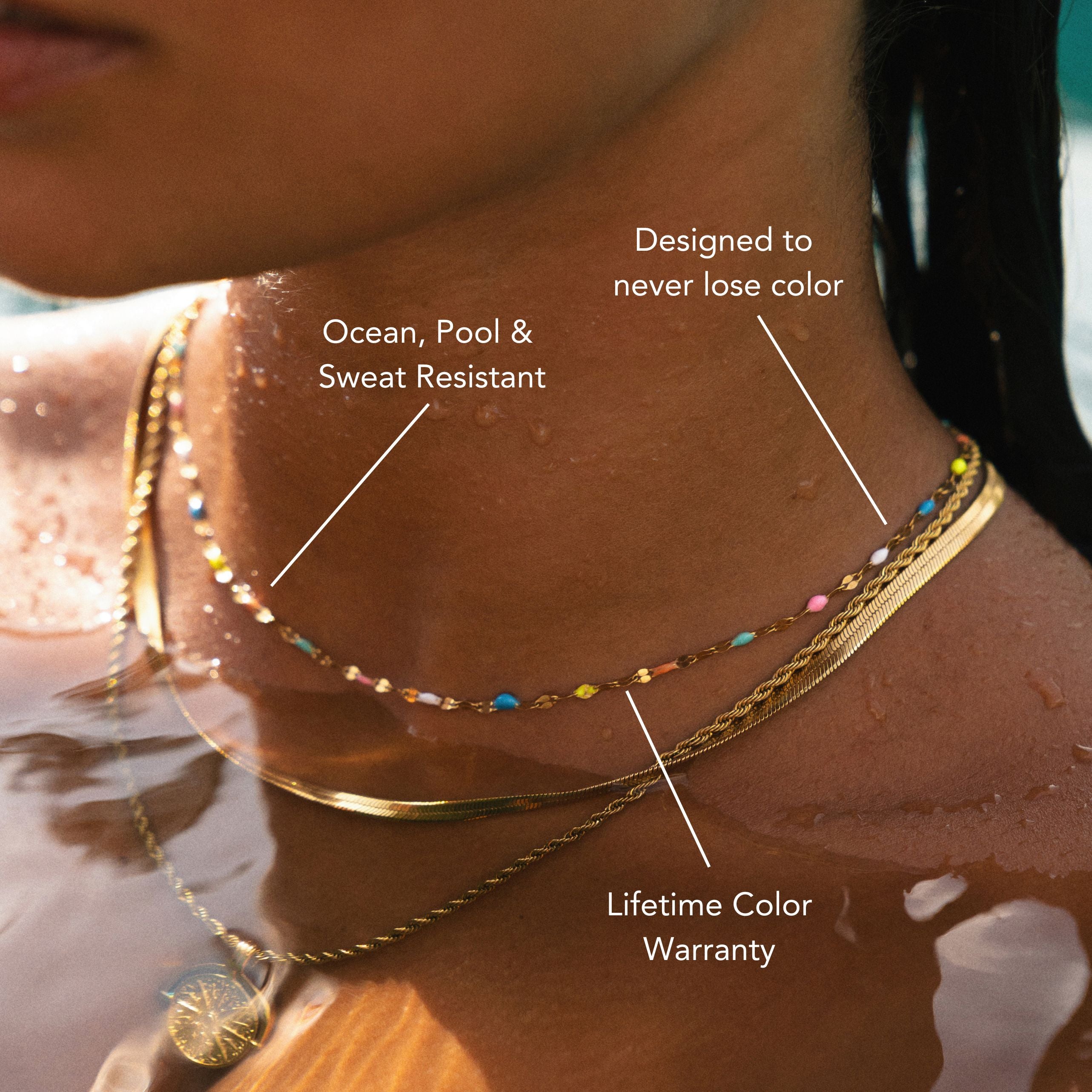


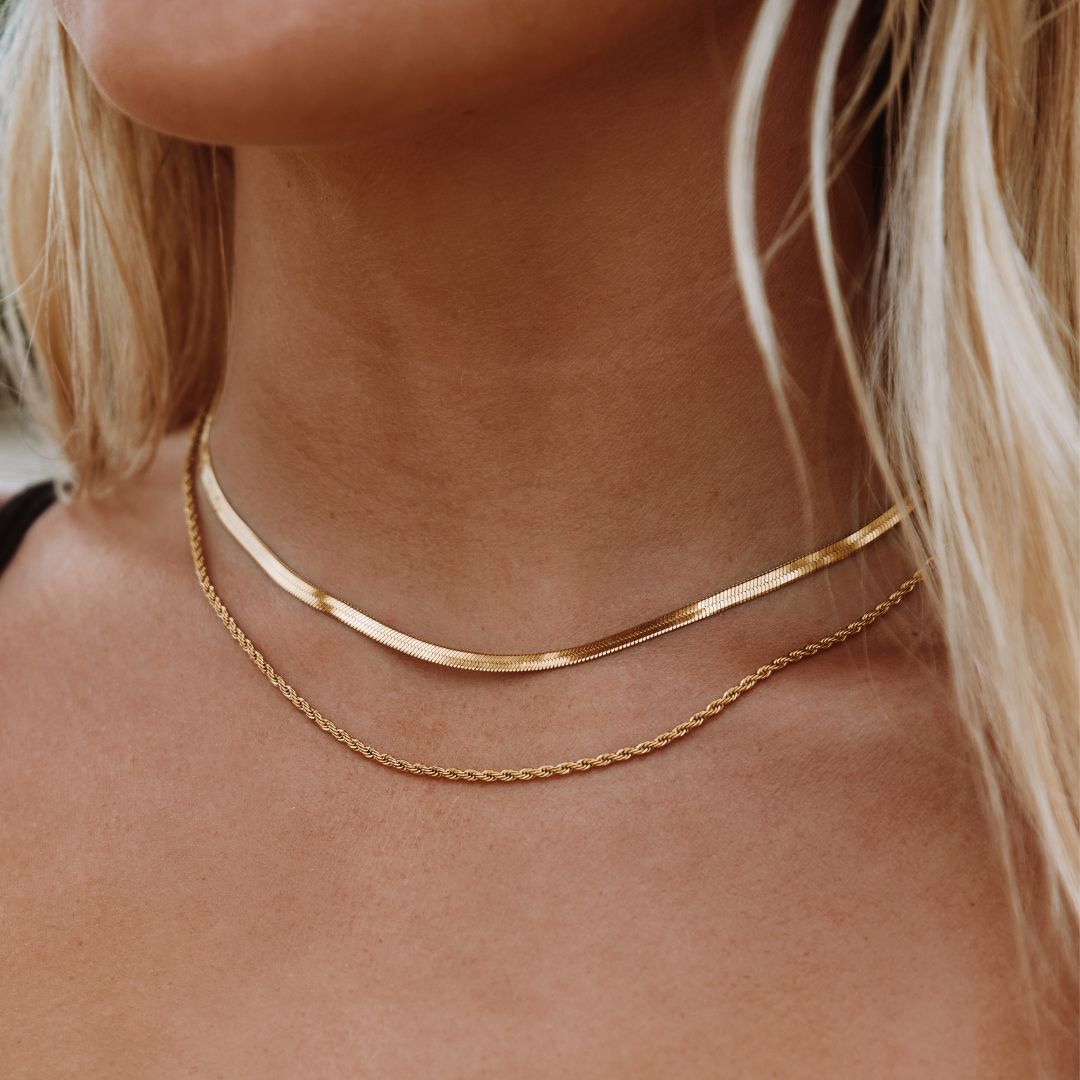

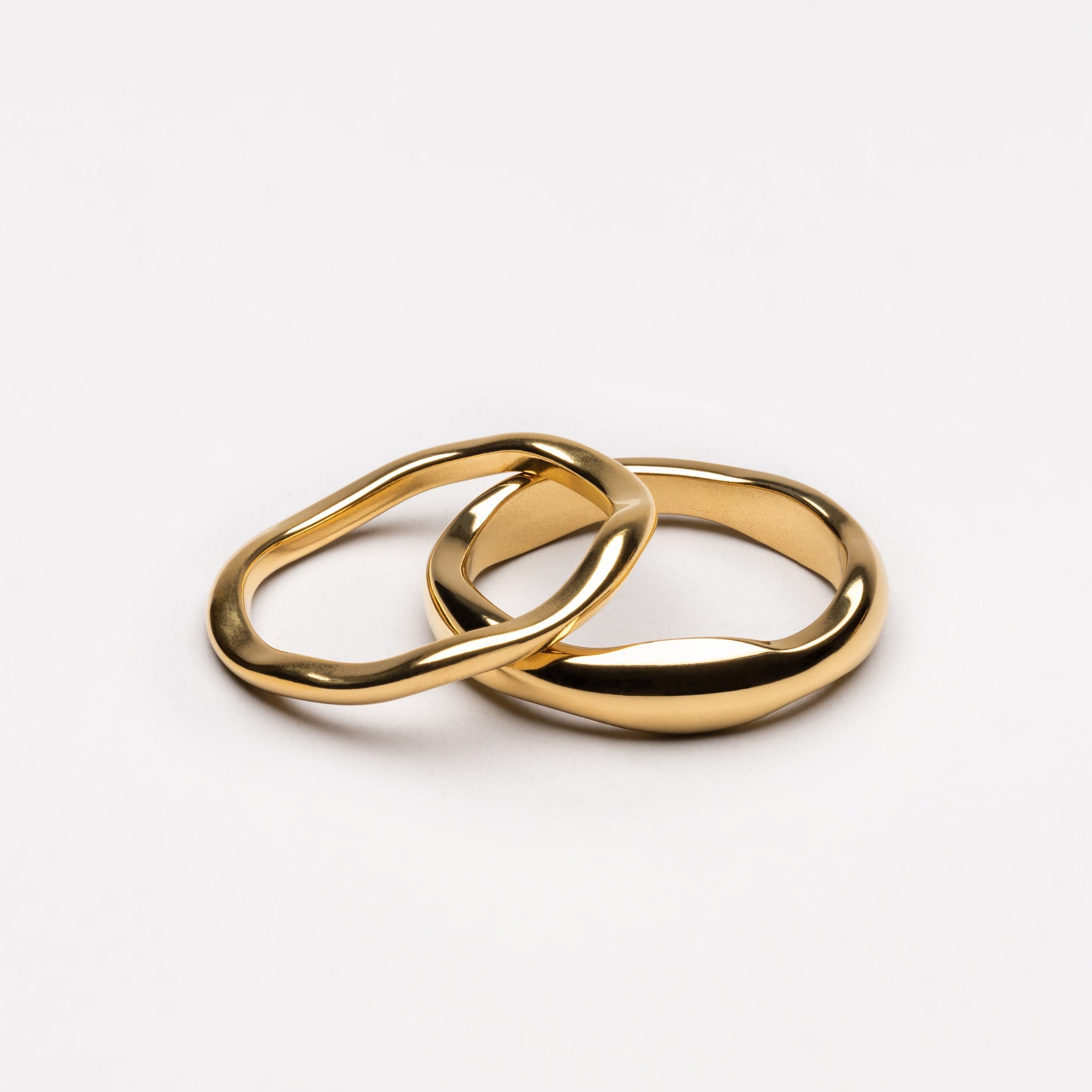
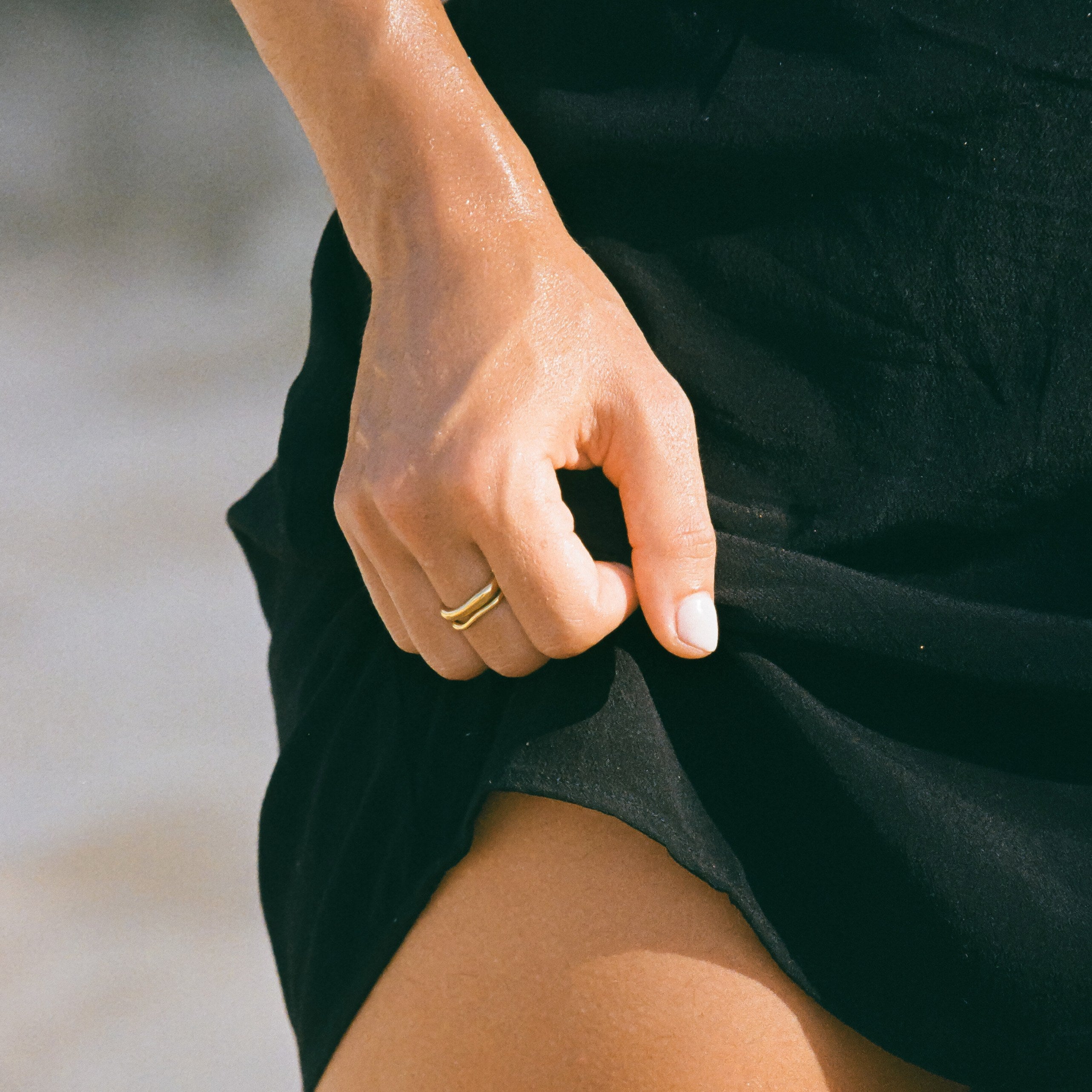
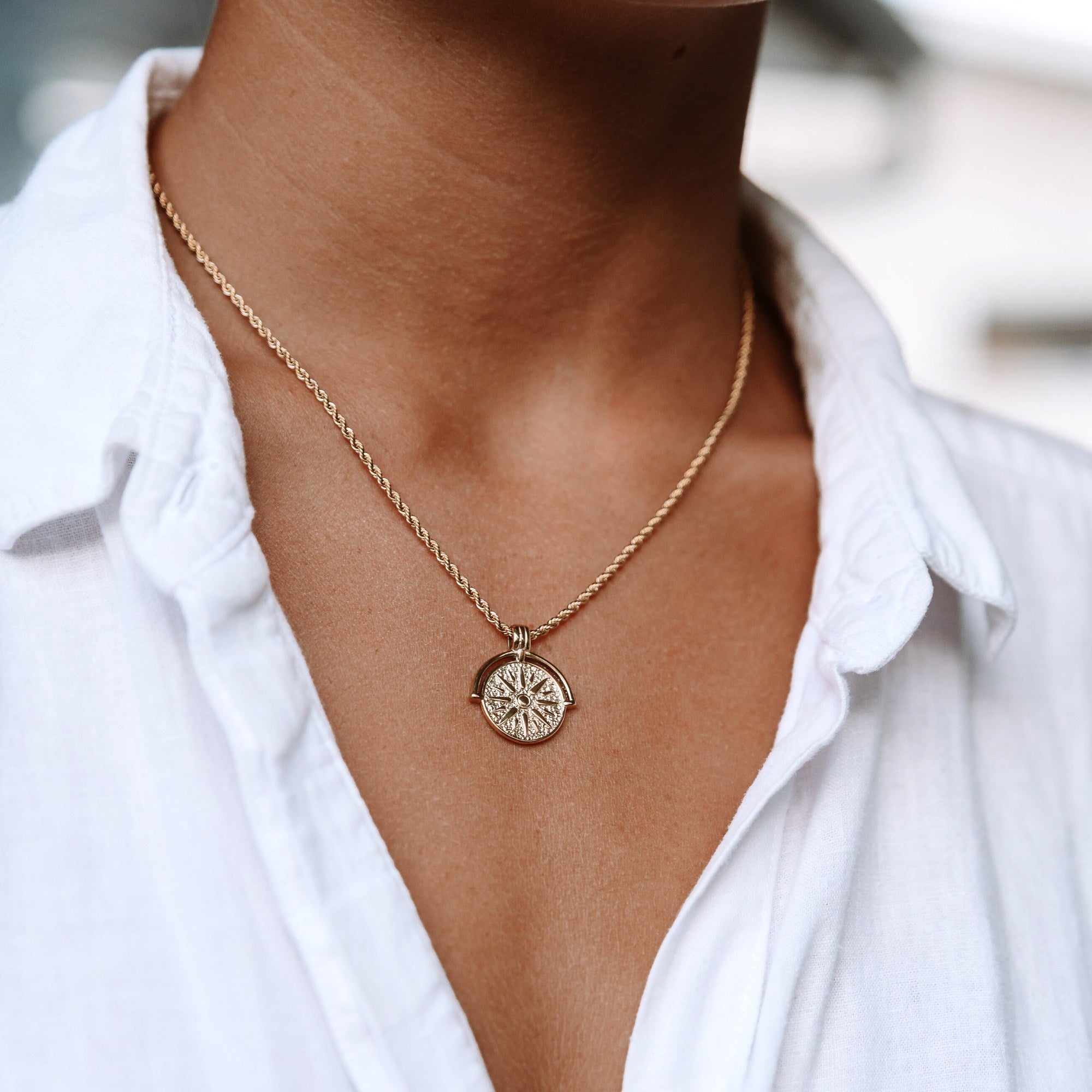
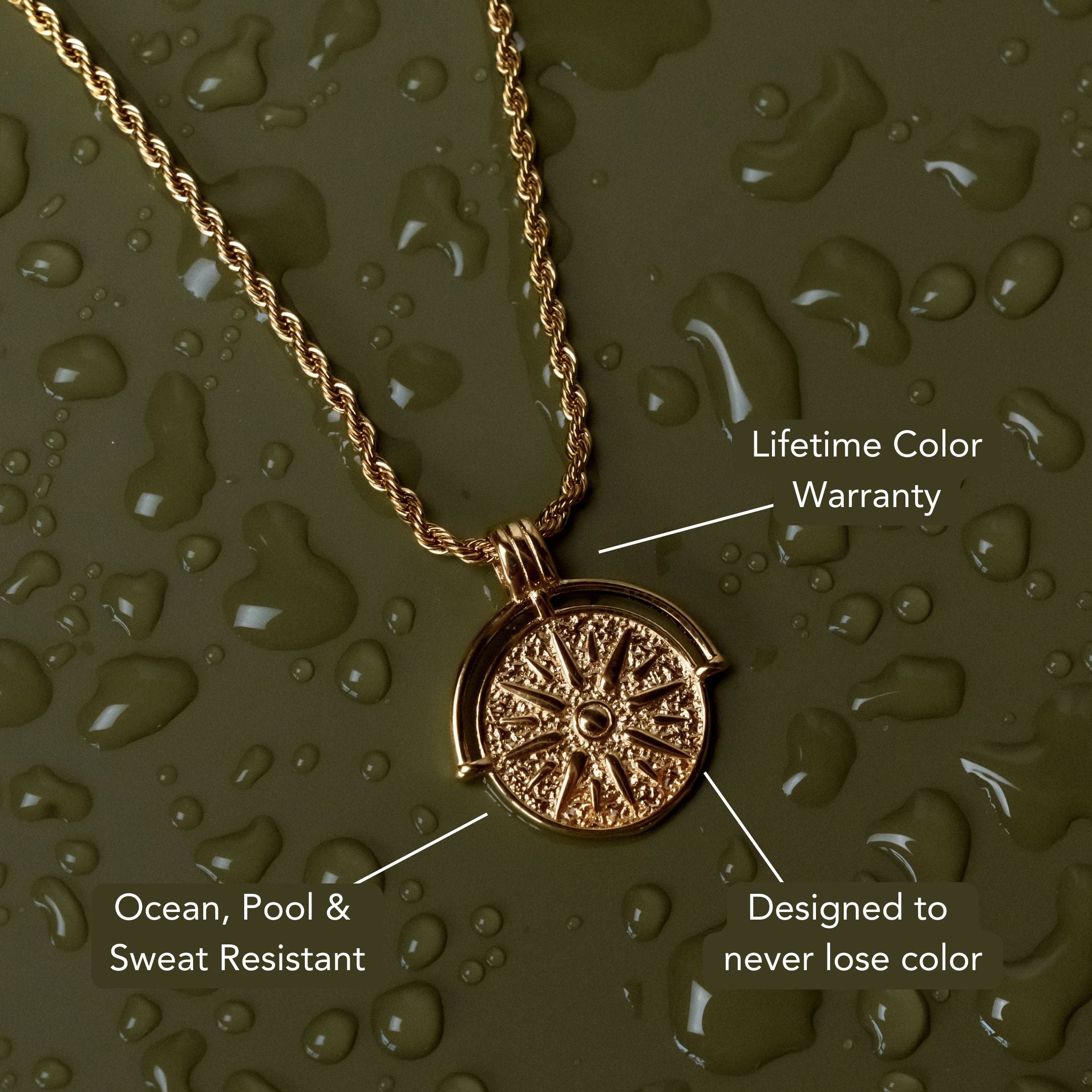






Leave a comment
This site is protected by hCaptcha and the hCaptcha Privacy Policy and Terms of Service apply.